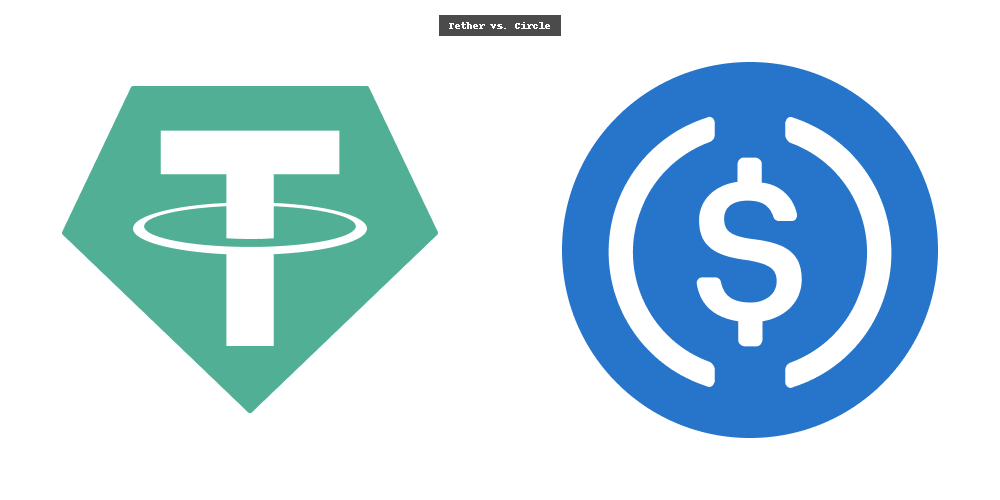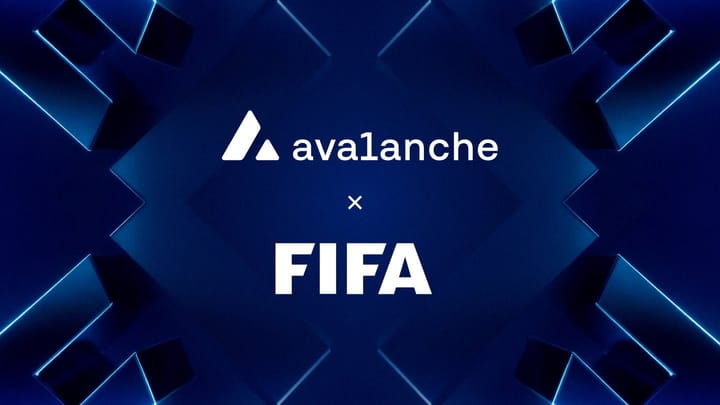The Technical Backbone of Mitosis Ecosystem

Introduction
Since mitosis operates within a rapidly evolving blockchain and decentralized finance (DeFi) landscape, it involves leveraging advanced technologies to enhance interoperability, scalability, and security. To understand the space in which Mitosis functions, it is essential to explore the underlying technical concepts that shape its infrastructure.
This article delves into key blockchain mechanisms, consensus algorithms, cross-chain interoperability, and liquidity dynamics relevant to Mitosis.
1. Blockchain Infrastructure: The Foundation of Mitosis
At its core, Mitosis operates on a blockchain framework designed for decentralization, transparency, and security. Some fundamental aspects include:
- Distributed Ledger Technology (DLT): Mitosis leverages DLT to maintain a tamper-proof and transparent record of transactions.
- Smart Contracts: These self-executing contracts with predefined conditions enable automation within the ecosystem, reducing the need for intermediaries.
- Decentralization: By distributing control across multiple nodes, Mitosis ensures resilience against failures and external attacks.
2. Consensus Mechanisms: Ensuring Network Integrity
Consensus algorithms determine how transactions are validated and added to the blockchain. Mitosis utilizes an efficient consensus mechanism to balance security, speed, and energy efficiency. Some common models include:
- Proof of Stake (PoS): Validators are selected based on the number of tokens they stake, leading to energy-efficient and scalable blockchain operations.
- Delegated Proof of Stake (DPoS): A more democratic variation where token holders vote for delegates to validate transactions.
- Byzantine Fault Tolerance (BFT): This mechanism ensures that the network can reach consensus even if some nodes act maliciously or fail.
3. Cross-Chain Interoperability: Enabling Seamless Transactions
A key challenge in blockchain is interoperability—how different networks communicate with one another. Mitosis is at the forefront of solving this issue through:
- Bridges and Wrapping Protocols: These allow assets to move between blockchains without compromising security.
- Atomic Swaps: A trustless mechanism enabling direct peer-to-peer exchanges between different blockchain networks.
- Interoperability Standards (e.g., Cosmos IBC, Polkadot XCMP): These frameworks allow seamless communication between heterogeneous blockchains.
By facilitating cross-chain functionality, Mitosis enables users to interact with multiple blockchain ecosystems effortlessly.
4. Liquidity Strategies: Enhancing Market Stability
Liquidity is crucial for any blockchain ecosystem, as it ensures smooth asset transactions without significant price fluctuations. Mitosis employs several liquidity-enhancing strategies:
- Automated Market Makers (AMMs): These decentralized protocols use liquidity pools instead of traditional order books, enabling efficient token swaps.
- Yield Farming and Staking: Users earn rewards by providing liquidity or staking tokens, increasing participation in the ecosystem.
- Liquidity Mining: An incentive mechanism where users receive additional tokens for contributing liquidity to decentralized exchanges (DEXs).
Conclusion
Mitosis operates at the intersection of blockchain technology, DeFi, and cross-chain interoperability. Understanding its technical foundations—ranging from consensus mechanisms and smart contracts to liquidity strategies—provides valuable insight into its long-term vision and capabilities. As blockchain adoption accelerates, Mitosis continues to refine its ecosystem to ensure scalability, efficiency, and seamless interoperability within the broader decentralized landscape.
Learn more🔗 https://university.mitosis.org



Comments ()